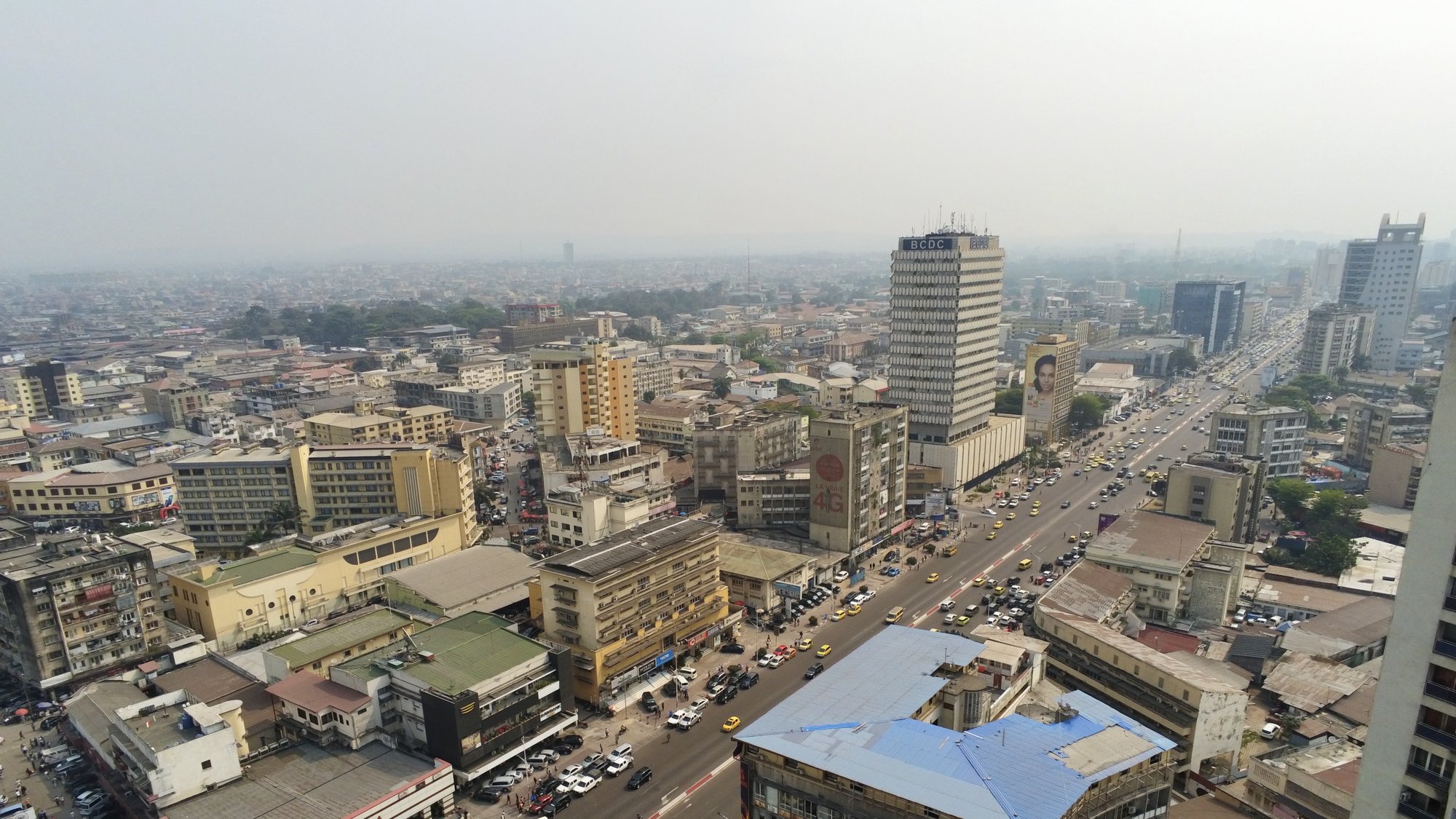Whether you want to learn more about Africa or see where the continent’s largest cities are, this Map Of Africa Countries And Their Cities will be an excellent resource for you. Africa is a vast and varied continent with diverse cultures, landscapes, and languages. To learn more about the continent, check out the information on the continent’s size, population, and languages.
Capitals:
This page contains a list of the capital cities of Africa. Each city’s population links to its official website, and searchable satellite imagery is all included in the list. Most African states are developing and do not have many capitals available online. The links to each country’s profile page are listed below the list of capital cities.
While Africa is home to some of the world’s poorest countries, many of its capital cities are thriving tourist destinations. Some of the continent’s most popular capitals are Cairo in Egypt, Dakar in Senegal, Port Louis in Mauritius, Victoria in Seychelles, and Tunis in Tunisia. The continent is also home to beaches, tropical areas, and historical monuments.

This book examines the politics and urban forms of nine different Sub-Saharan African countries, focusing on their capitals. Each city has experienced a variety of colonial histories, different regimes after independence, and rapid urbanization. The various accounts of these cities provide an intriguing window into how their governments have used their urban space to advance their nation-states.
The National Parliament is located in Cape Town, South Africa’s legislature seat. The city has a long history as a significant halt on the path of the spice trade. In the early 1500s, Cape Town was a major stop on the route. The town expanded as the Dutch East India Company built a ship-way station nearby. In 1814, it became a British colony, and the city was named it is capital.
The largest city of Mali is Bamako. Moreover, two million people live in the city’s metro region, making it the ninth most populated in West Africa. The town lies on fertile land near the Niger River, making it a central agricultural hub. It also houses numerous manufacturing industries.
Size:
This political map of Africa shows the different countries of the continent along with their capitals and major cities. The map also includes the continent’s oceans, gulfs, and islands. This map is part of the World Atlas produced by the CIA. It is available for sale for a cost.
Africa’s most significant countries differ from each other in many ways. Some are predominantly religious, some are at war, and others are peaceful. Sudan, which has since been divided into South Sudan, was the largest country in Africa. Of this vast continent, about 90% of the land is desert, and only about 12% is populated.
Cities in Africa are growing at a rapid rate. Some cities, like Goma in the eastern Congo, are experiencing massive growth spurts. Other cities, like Bangui in the profoundly impoverished Central African Republic, are experiencing severe crises. As a result, the size of cities in African countries is far more significant than in other countries.

The largest cities in Africa are Cairo and Kinshasa. Both are capitals of their respective countries. The cities of these countries have large populations. Cairo, the largest city in Africa, has a population of 9.1 million. However, more than 20 million people live in its metropolitan area.
Africa makes up around one-fifth of the planet’s land surface and is the second-largest continent after Asia. The Atlantic Ocean and the Mediterranean Sea encircle it on the west and north, respectively. The Red Sea and the Indian Ocean ring it on the east. The continent also lies in the south by the Atlantic and the Indian Oceans, which mix in the ocean.
Population:
The African continent has many countries and cities, each with its population. The largest African city is Cairo, with a population of more than 11 million people, while the smallest African city, Disuq, has just 102,037 residents. In general, however, most African cities have populations of over 100,000. Katumba in Tanzania, Khemisset in Morocco, and Lubango in Angola are a few instances. Other mid-sized cities include Port Elizabeth, South Africa, and Tripoli, Libya.
The population of Africa has increased in recent years. It is estimated that the continent will have an additional 750 million people by 2100, with most growth occurring in the Middle and Eastern parts of the continent. The continent’s population is expected to double in these regions in the same period, with the people of Middle Africa reaching more than six times the size of North Africa.

The increase in population in African cities and countries is causing a series of serious problems. Many cities in the continent have become so crowded that many residents are underemployed or unemployed. High rates of population growth are also causing severe problems in agriculture. The rapid growth in the continent puts pressure on soil, reducing the time that fallow land can be used, and increasing overgrazing.
Although most of Africa has been rural, urbanization is increasing rapidly. By 2010, two-fifths of the continent’s population lived in cities and towns. The north, west, and areas close to the beaches have the highest levels of urbanization.
Click Here For More: How to Find New England on Map
Languages:
There are many different languages in South Africa, but the most common languages are Xhosa and Afrikaans. These two languages are spoken by over 80% of the population in the Eastern Cape and are the most widely spoken in Gauteng and KwaZulu-Natal. Both languages are Indo-European and have developed from the Dutch vocabulary of the 17th century. English, spoken by 4.9 million South Africans, is also the most widely used language in cities.
The language families of Africa include the Nilo-Saharan, which has 80 members, and the Khoisan, which has 40 to 70 members and is spoken mainly in Southern Africa. It is estimated that Africa has over 2,000 languages. The languages of Africa are highly diverse and difficult to categorize.
In Ethiopia, where over 20 million people speak it, Amharic is the primary tongue. Amharic is considered the second most widely spoken Semitic language after Arabic and originates from the Middle East. The language uses a unique writing system known as ‘Fidel.’ Ethiopians refer to their capital as Addis Abeba, which in Amharic means “new flower.” Yoruba, a Semitic language spoken in Nigeria, has more than 50 million speakers and has 15 distinct dialects.

Some African languages have become highly standardized, while others have remained static. Although many countries have chosen to use only one language for their government and education, many African countries have become more supportive of preserving the diversity of their tongues. Hence, the majority of language policies in Africa today focus on multilingualism.
Languages of African countries and cities differ significantly, and it is worth considering the diversity of these languages when planning a trip to South Africa.
Location:
A map of Africa includes many cities and countries. The continent is large, with a total land area of approximately 11,724,000 square miles (30,365,000 square kilometers) and a circumference of 4,600 miles from north to south. The continent is very diverse, with varied climates and wildlife. Its languages are also various.
A map of Africa also includes capital cities. The largest city in Africa is Cairo, followed by Kinshasa and Lagos. Nigeria’s capital until 1991 was Lagos. Other countries in Africa have multiple capital cities. Eswatini has two capitals, and South Africa has three. These cities are often the focal points for travel on the continent.

A map of Africa is often an excellent tool to learn about the continent. For example, a topographic map of the Sahara Desert will show the desert’s flatness, while a topographic map of Lake Chad will show the lake surrounded by mountains.
During that time, there were different types of political organizations, from small family groups of hunter-gatherers to large, highly structured Bantu clan groupings in the Horn of Africa. Some countries also possess indigenous languages.
With 54 nations, Africa is the second-largest continent after Asia. The newest country is South Sudan, with a population of 1,032,532,974. It contains the world’s most extensive Nile River system and the massive Sahara Desert.






